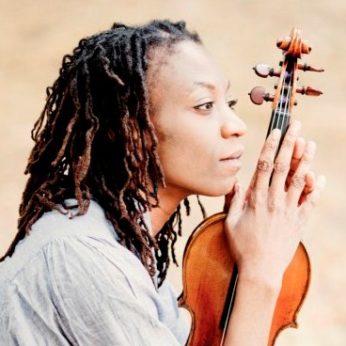Maurice Ravel suddenly burst into our midst, the ink still drying on a piano-and-violin sonata which he had brought along…Enescu, chivalrous man that he was, craved my indulgence…then, with Ravel at the piano, sight-read the complex work, pausing now and again for elucidation. Ravel would have let matters rest there, but Enescu suggested that they have one more run-through, whereupon he laid the manuscript to one side and played the entire work from memory. The youthful Yehudi Menuhin was thus witness to the birth of Ravel’s ravishing Sonata. The circumstances were perhaps even more extraordinary than he knew, for Ravel had been struggling with this work for around four years. He had been given a final, final deadline by his publisher for a special concert of new music, which Ravel barely made in time for this last-minute rehearsal. Of course with a violinist like Enescu, so long as the ink was dry the performance could have gone ahead.
There are differing reports of the premiere. It seems Enescu did not like the Sonata’s jazzy idiom, but nonetheless gave a famously successful first performance according to one version, but played rather badly according to another. At any rate Ravel reckoned the work needed improving and burnt the original ravishing and assuaging finale, replacing it with the exciting Perpetuum mobile that we know so well. The blues second movement naturally caused a furore. To offer a satirical ragtime in the surreal L’Enfant et les Sortilèges was one thing, it was something else altogether to call upon the blues in such a serious genre as the violin sonata. For Ravel to rewrite the blues his own style was no different to adopting a waltz or a minuet. And anyhow the whole work was suffused with jazz.
The opening movement is gently melodious, blossoming into a radiantly romantic lyricism, though this is almost kept from taking over by a mischievous ragtime figure that constantly pokes fun at the violin’s longing for the eternal heights. The blues movement is enormous fun with its provocative syncopations, outrageous instrumental glissandi and its foretaste of I Got Rhythm, which was written after Gershwin heard Ravel and Szigeti play this work. The finale begins circumspectly before the violin settles into two hundred bars of non-stop semi-quavers, which violinists adore playing for the excitement it generates.
